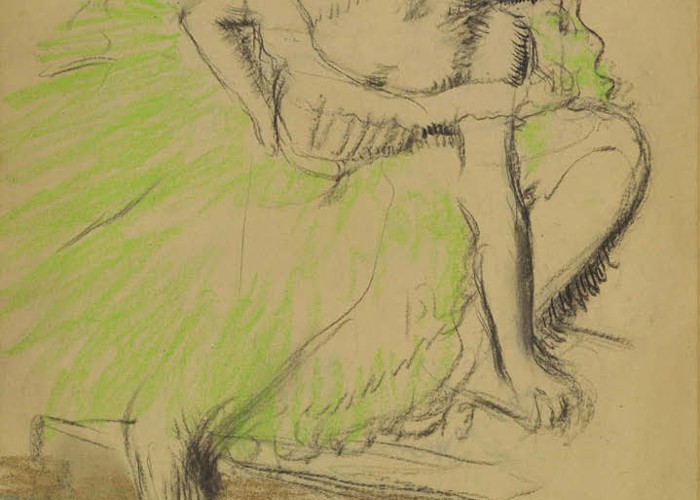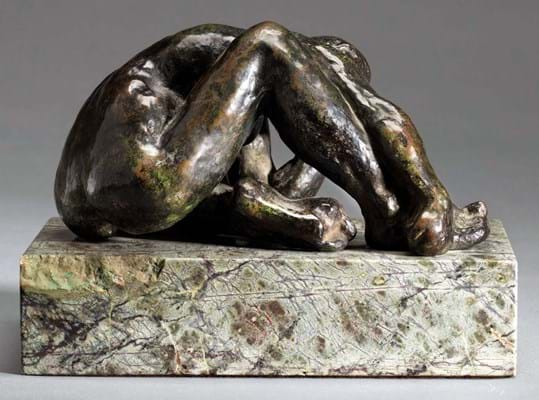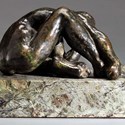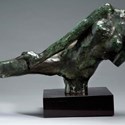But sculptures of the two Parisians sit comfortably side by side, as prime examples of how these two masters of modernism portrayed the human figure.
Browse & Darby’s February 14-March 16 exhibition of the two artists’ works is titled simply Degas & Rodin. The Cork Street gallery includes around 24 pieces in total, fairly evenly split between each maker and between loan and works for sale, with prices ranging from £50,000-500,000. As a specialist in paintings and drawings as well as sculpture, the business also includes several two-dimensional works.
Last year marked the centenary of both artist’s deaths and they remain in the public eye – there is an exhibition of Degas’ drawing at the National Gallery until March and in April the British Museum opens Rodin and the Art of Ancient Greece.
These follow a show dedicated to the artists jointly staged in Wuppertal, Germany last year.
Meanwhile, demand for these two modernist giants continues.
“The market for each has just gone up and up and up,” says gallery manager Charles Bradstock. “These are two such significant figures and many collectors are keen to get hold of their works.”

‘Seated Dancer (Danseuse Assise)’ c.1897, pastel and charcoal on paper, stamped ‘Degas’ and ‘Atelier Ed. Degas’ verso, 22 x 16½in (56 x 42cm). The work features at Browse & Darby’s exhibition.
Degas publically showed only one sculpture during his lifetime – The Little Dancer, Aged Fourteen – which was met with shock and criticism at the Sixth Impressionist Exhibition (though not included in this show it is now one of his most celebrated works, with one cast making a premium-inclusive £15.8m at Sotheby’s London in 2015).
He began his artistic career in the 1870s, focusing on drawing, printmaking and painting. His art gained growing recognition until 1912, when he apparently stopped working altogether. On his death, however, 150 wax sculptures were discovered in his studio, 74 of which were posthumously cast. His sculptural work was not seen publically until 1918.
Rodin and Degas both used to come over to England so they’ve been in the British domain right from the beginning
Among the works on show at Browse & Darby is Le Tub, which is today one of his best-known sculptural works.
Rodin, on the other hand, produced large works which became and have remained highly recognisable – such as The Burghers of Calais, The Gates of Hell and The Thinker. On show at Browse & Darby are several smallerscale works, however, such as Head of a Man with One Ear.
Later in their careers, each man worked to represent energetic movement. For Rodin, this is shown in his sculpture of dancers, among which Nijinski is included in the show. It can be paired with Degas’ Danseuse Assise showing an unknown female dancer, whom he probably studied in one of the backrooms of the Paris Opera.
It is a particularly fitting exhibition for the gallery whose founder, Lillian Browse (1906-2005), was an early writer on Degas. And, Bradstock says, interest in these two artists, who lived, worked and died in Paris, remains high in the UK.
“All the pieces that we have borrowed are from within British collections,” he says.
“Rodin and Degas both used to come over to England so they’ve been in the British domain right from the beginning.”




















